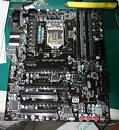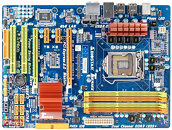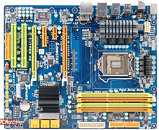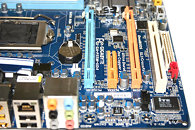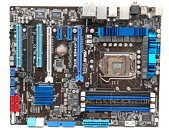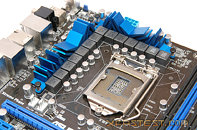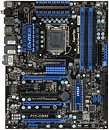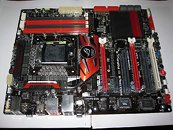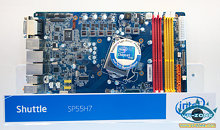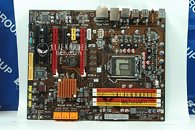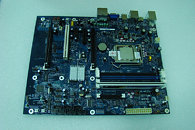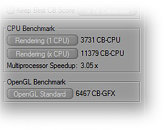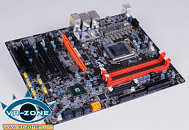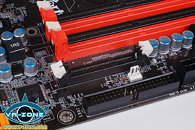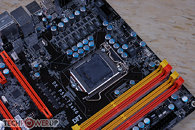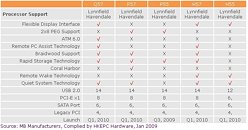
EVGA's Enthusiast Platform for LGA-1156 Processors Detailed
EVGA seems to have found its roots in Intel's 5-series chipset due to lack of chipsets from NVIDIA that support the latest Intel processors. In the process, EVGA gets to make Intel 5-series motherboards brandishing SLI support, as well as some pretty impressive enthusiast-grade features. With the X58 Classified series, EVGA took on the mighty ASUS to give out a full-featured motherboard for overclocking LGA-1366 processors. It looks like the company is working on another motherboard with similar credentials for LGA-1156 socket processors, based on the Intel P55/P57 chipset.
The EVGA 132-LF-E657 is a full-featured LGA-1156 motherboard focussed on overclocking. The CPU is powered by a lavish 12-phase circuit that makes use of DrMOS (driver-MOSFETs). The CPU socket further seats LICC (Low Inductance Ceramic Capacitors). Electrical stability is brought about by two 8-pin ATX CPU power connectors, a design first featured on the X58 Classified. Additional power stability for the expansion slots is brought about by a 4-pin Molex input. The four DDR3 DIMM slots are powered by a 3-phase circuit. Intel Braidwood technology is supported on this motherboard. The technology involves an NVRAM module that speeds up OS and applications loading. There are two clock generators on this board, perhaps to handle two independent clock domains that gives the user greater control over a few settings.
The EVGA 132-LF-E657 is a full-featured LGA-1156 motherboard focussed on overclocking. The CPU is powered by a lavish 12-phase circuit that makes use of DrMOS (driver-MOSFETs). The CPU socket further seats LICC (Low Inductance Ceramic Capacitors). Electrical stability is brought about by two 8-pin ATX CPU power connectors, a design first featured on the X58 Classified. Additional power stability for the expansion slots is brought about by a 4-pin Molex input. The four DDR3 DIMM slots are powered by a 3-phase circuit. Intel Braidwood technology is supported on this motherboard. The technology involves an NVRAM module that speeds up OS and applications loading. There are two clock generators on this board, perhaps to handle two independent clock domains that gives the user greater control over a few settings.
